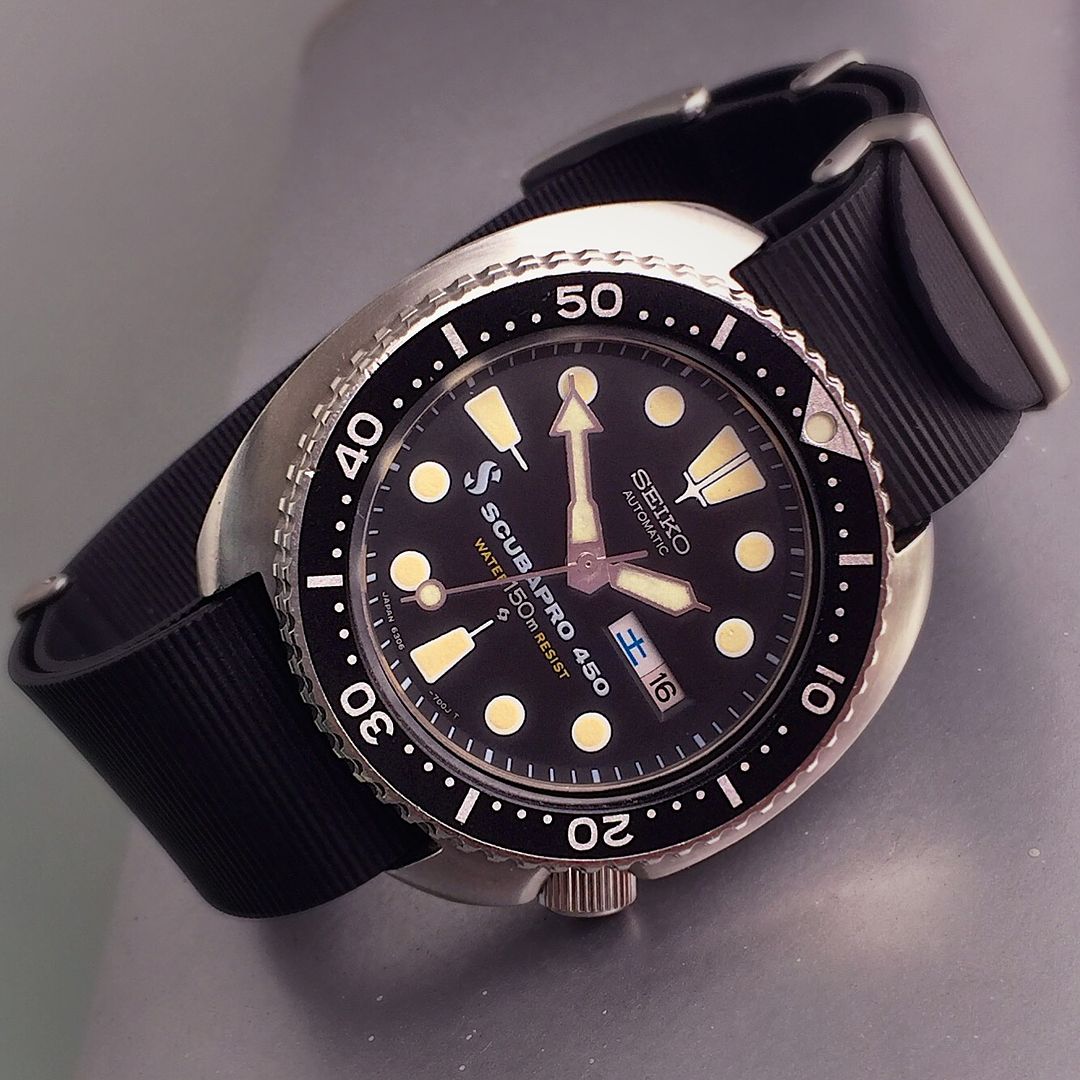
Originally Posted by
Seikoholic

As you know (or should know) Seiko lume is salt-based. It attracts moisture. Ii is what is called a “fleeing medium” - an unstable material in certain situations. Once moisture begins a reaction, it can continue, especially if there is a lot of moisture involved. It can pit dials, markers, it can start affecting the different layers on the dial, and in serious cases, it can begin stripping the dial surface. I've seen this happen. When I see blackened & damaged lume, I don't see “patina” - I see a time bomb.
If the lume is a danger to the watch, it needs to go. It doesn't benefit the watch to have it. It won't get better, it isn't necessarily stable, and it doesn't add value. It's not like a lovely age patina – it's actual damage from water intrusion. Seiko lume almost never “patinas”, gaining color and tone which is attractive and pleasing. That black stuff? It's just damage. Perhaps this perception will change over time, and damaged lume will become, if not prized, at least not a direct hit to the value, but that hasn't happened yet. I don't know anyone who looks at a vintage Seiko with blackened lume and says “such nice patina”.







 Reply With Quote
Reply With Quote








